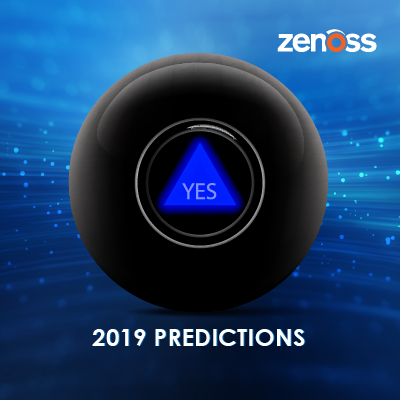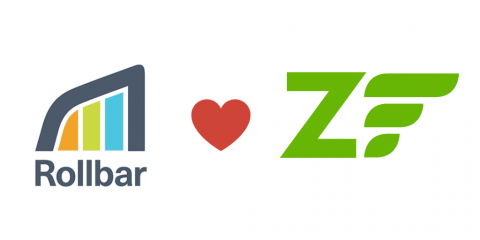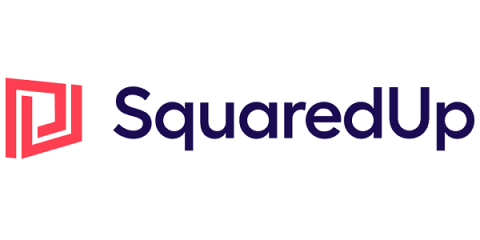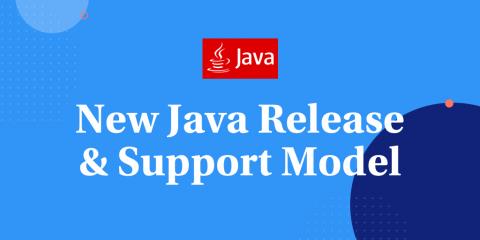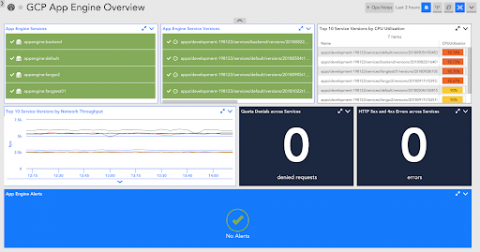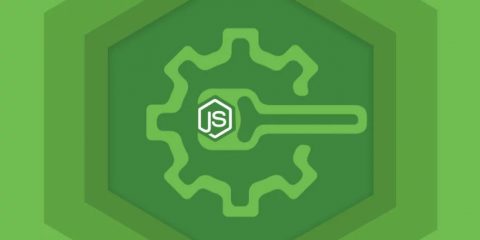Operations | Monitoring | ITSM | DevOps | Cloud
Latest News
2019 Predictions: Powering IT With Model-Infused Machine Learning
Deploying and configuring Datadog with CloudFormation
In this post, we will show you how you can use AWS CloudFormation to automatically deploy infrastructure that is preconfigured to send metrics and logs to Datadog.
Error Monitoring In Zend 3
Zend Framework 3 is a free and open-source PHP framework. It uses a model-view-controller (MVC) pattern which makes its structure consistent and maintainable. It also accesses the database in an object-oriented way. Instead of directly interacting with the database using SQL queries, you can use doctrine object-relational mapping (ORM) to manage the structure and relationships of your data. This makes code easier to write and maintain.
We've launched an Azure Meetup!
Azure lovers, we have good news for you. Our new years resolution in 2019 is to support the local Azure community. We kicked off with our first Azure Meetup in December. And as the numbers below suggest... people had a great time.
WLSDM: How to monitor Outbound HTTP Socket connection (back-end outbound http/s response times) performance on WebLogic?
In this blog post we prepared monitoring http/s response times performance via WLSDM Back-End system monitoring features. URLs and URLConnections provide a relatively high-level mechanism for accessing resources on the Internet. Sometimes applications are require lower-level network communication, for example, when you want to write a client-server application.
Increased Visibility to Manage the New Java Release & Support Model
According to Oracle, Java is a fast, secure and reliable programming language and computing platform first released by Sun Microsystems in 1995. There are lots of applications and websites that will not work unless Java is installed, and more are created every day. From laptops to datacenters, game consoles to scientific supercomputers, cell phones to the Internet, Java is everywhere.
Ruby Performance Tuning
There are many things to praise about the Ruby language: adherence to the object orientation paradigm, simplicity, elegance, and powerful meta-programming capabilities. Unfortunately, performance isn’t top of mind when people think about the many qualities of the language.
Key Metrics for Monitoring Google Cloud App Engine
Google Cloud App Engine is a serverless platform that enables users to develop and deploy applications. App Engine allows developers to focus more on building applications and less on managing infrastructure. Even though you don’t have to worry about maintaining any underlying infrastructure, you do have to ensure that you have enough visibility into App Engine health and performance to proactively prevent downtime.
Node.js Performance Tuning and Testing
We know Node.js for its lightning-fast performance. Yet, as with any language, you can write Node.js code that performs worse for your users than you’d like. To combat this, we need adequate performance testing. Today, we will cover just that with an in-depth look at how to set up and run a performance test and analyze the results so you can make lightning-fast Node.js applications.



